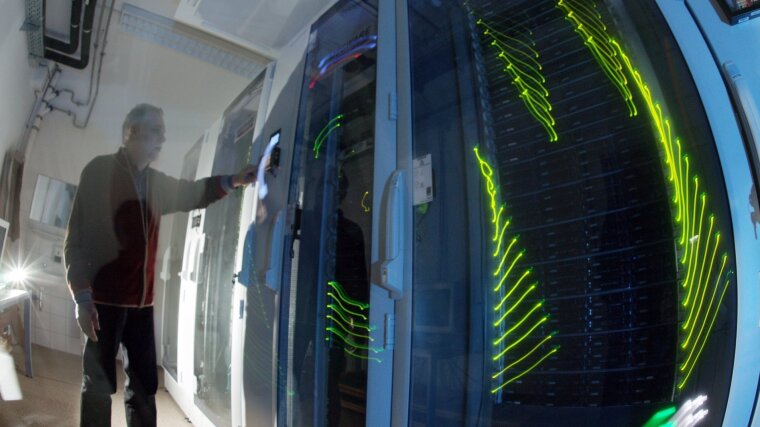
HPC cluster “PhyClus” provided by the Institute of Solid-state Theory & Optics (IFTO) for photonics numerical application
Supercomputing cluster at the Institute of Solid State Theory and Optics, 2010.
- Light
Published: | By: Ulf Peschel
Another example for the applicability of the new computer infrastructure are the structures of (R,R) and (R,S)-1,2-dimethyloxiran and their respective photoelectron angular distribution according their ionization with left- or right-circular ly polarized laser pulses (LCP, respectively RCP).



